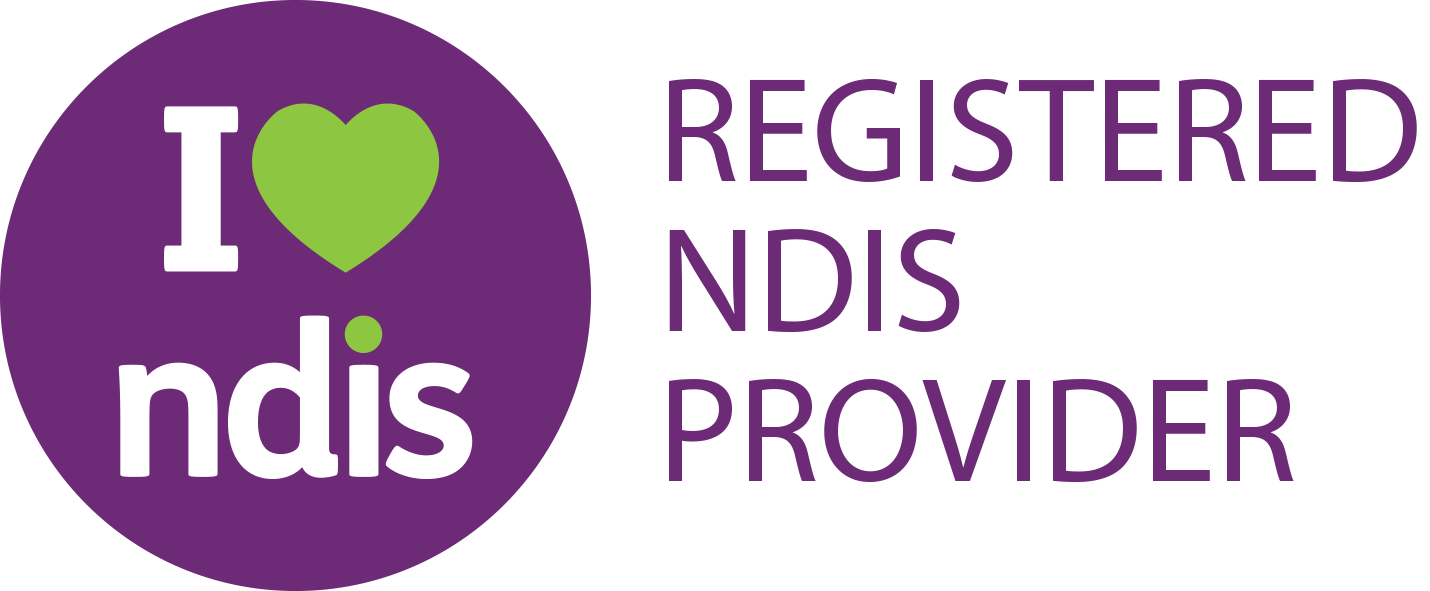Type 2 Diabetes Mellitus and Exercise
What you need to know about T2DM
What is T2DM?
Type 2 Diabetes Mellitus (T2DM) is a chronic condition in which the body become resistant to the effects of insulin and gradually the body loses the capacity to produce enough insulin. T2DM is diagnosed either when the body is unable to produce enough insulin in the pancreas, when the body cells do not respond to the insulin (insulin resistance), or when the insulin does not work effectively in the body.
T2DM develops over a long period of time, in this time the insulin becomes progressively more ineffective at managing the bodies blood glucose levels. As a result, the body responds by producing more insulin to manage the blood glucose levels. Overtime an overproduction of insulin occurs causing the insulin-producing cells (beta-cells) to not function properly or die as a result of over working. When a person is diagnosed with T2DM they have lost between 50-70% of their beta-cells in the pancreas.
Currently T2DM represents about 85-90% of all diabetes cases. Usually, it begins to develop in adults over the age of 45 years however, it is occurring more frequently in younger adults, adolescents and children.
What causes T2DM?
Diabetes is known to have strong genetic factor. While some people have this genetic factor the risk of T2DM is greatly increased by lifestyle. Peoples risk of diabetes is significantly increased by modifiable lifestyle factors such as high blood pressure, being overweight or obese, a sedentary lifestyle with insufficient physical activity, poor diet and weight being stored predominately around the abdominal region.
T2DM among family history comes along with some non-modifiable risk factors that increase the persons chance of being diagnosed such as:
- Age, over 55 the risk of diagnoses increases every year
- Over 45yrs and are overweight or have high blood pressure
- Over 35yrs and come from Aboriginal or Torres Strait Islander background
- Over 35yrs and come from Pacific Island, Indian or Chinese cultural background
- Women who have given birth to a child 4.5kg+, had gestational diabetes or had polycystic ovarian syndrome
Some causes of diabetes are unfortunately non-modifiable as shown above however for those where there is the case there is modifiable factors that can assist in the severity of the condition.
Diabetes remission
Diabetes remission is not a cure or a reversal of T2DM, it is defined as having a HbA1c of under 6.5% for a minimum of 3 months without the use of medication. For people living with diabetes the most common way to achieve remission is by changing modifiable lifestyle factors such as weight loss, dietary changes or weight loss surgery. However, studies have shown that remission is not achievable for everyone.
Those that want to achieve remission should do so with management from their healthcare team for dietary changes and physical activity. If remission is not achieved, it is not a bad thing. The health benefits of increasing physical activity, improving diet and losing weight have significant effects on reducing the risk of developing diabetes-related complications.
Management and Monitoring of T2DM
There is no cure for type 2 diabetes however, it can be prevented, delayed, or managed with lifestyle modifications. For a person living with T2DM management of the condition is different for the individual dependent on the stage of their condition or any underlying health conditions. Diet, physical activity, medication, blood glucose checks and medical checks are key strategies for the management of diabetes.
Physical activity is one of the essential strategies for management of the T2DM and is important for the reduction of any diabetes-related complications. During physical activity there is an increase in the uptake of glucose into the muscles and increases insulin sensitivity both during exercise and for time after resulting in reduced blood glucose levels (BGL’s). Regular activity can prevent or delay diabetes-related complications due to its ability to lower BGL’s.
Monitoring your diabetes is also a crucial tool in the management of diabetes. Dependent on the type and the use of medications depends on how routinely you need to monitor you BGL’s. Monitoring your BGL’s assists in keeping you in your target range. The target range is dependent on the individual and set with your GP. Your BGL’s will be affected by factors such as food, physical activity, medication, stress, and illness.
When your body’s BGL’s are too high or too low you can become hyperglycemic or hypoglycemic. Hyperglycemia is when the BGL’s are above 15mmol/L, to much sugar in the blood can cause increased thirst, tiredness, vision loss, infections, stomach pain and vomiting. If left to long hyperglycemia can lead to more severe complications affecting your eyes, kidneys, nerves and heart. At the opposite end when your BGL’s drop below 4mmol/L is known as hypoglycemia. Symptoms of low blood sugar include sweating, tires, dizzy, hungry, tingling/ trembling, palpitations and/ or moody. HbA1c is a measure that provides an average BGL over the last 3 months and provides an overview of how well your diabetes is being manages. A HbA1c reading of 6.5% or greater is considered diabetic. As a diabetic the target range for your HbA1c levels is within 6.5-7%, anything higher there is room for improvement with your management plan.
How to Prevent T2DM Complications
When your diabetes is not managed well there can be an increased risk of developing complications that mainly develop from high BGL’s in the blood stream. Complications can be prevented by monitoring you BGL’s and keeping them within the target range and regular health checks. The Annual Cycle of Care is a checklist for those living with T2DM which describes the minimum health checks needed to screen for complications. The sooner you detect early signs of complications or high BGL’s the sooner you can improve the health and wellbeing of the person.
Exercise and T2DM
Regular physical activity forms an integral part of diabetes management. Not only can exercise slow the progression of diabetes, but it can also reduce the risk of developing associated complications. With exercise as a management tool for T2DM the benefits far outweigh the risks. Before beginning exercise, you should seek medical clearance and complete a pre-screening assessment for your T2DM and other comorbidities that may be present.
The current Australian Physical Activity and Sedentary Behaviour Guidelines provide the minimum amount of physical activity needed to maintain and improve health. The recommended amount of physical activity to complete is between 150-300mins of moderate intensity physical activity or 75-150min of vigorous intensity physical activity or a combination of both moderate and vigorous. It is also recommended to complete at least 2 resistance exercise sessions each week.
Although the guidelines state specific times and number of sessions each week some movement is better then none. If you currently are not exercising, it is best to start light and gradually build yourself up to the recommended amount. It is best to minimise the number of sedentary behaviors that you complete each day by breaking long periods of sitting by going for a walk or completing resistance style exercises before returning to sitting.
It is important to take your BGL’s pre and post exercise. For exercise to begin BGL’s must be above 5.5mmol/L or below 15mmol/L. If BGL’s are below 5.5mmol/L exercise should not begin until they have been increased by either 15g of rapid-acting carbohydrate, followed by a slow acting carbohydrate 15min later if the BGL’s have returned above 4mmol/L. If there BGL’s are above 15mmol/L exercise is able help manage hyperglycemia as long as the person is feeling good and keeping up with their fluids. Light to moderate aerobic exercise is the only type of exercise to complete if when pre-exercise BGL’s are above 15mmol/L. If you are feeling unwell exercise is not permitted.
When living with diabetes it is common to also have 1 or multiple comorbidities that factor into your health and lifestyle. It is important to also follow the guidance of your health professional when beginning exercise to factor these comorbidities when creating a program.
Currently Medicare provides an additional 9 sessions on top of their current chronic disease management (CDM) sessions for people living with a known diagnosis of T2DM. This program is funded by Medicare and here at One Body Exercise Physiology it is completely bulk billed. The 9 sessions includes 1 initial/review 1:1 session and 8 group classes. At One Body we have specific exercise classes that you can join to help manage your T2DM.
Find out more information from the letter and referral below or contact us!

Contact info
Useful links
Join the Newsletter
We will get back to you as soon as possible
Please try again later
All Rights Reserved | One Body for Life
Website by Image Ink Creative


